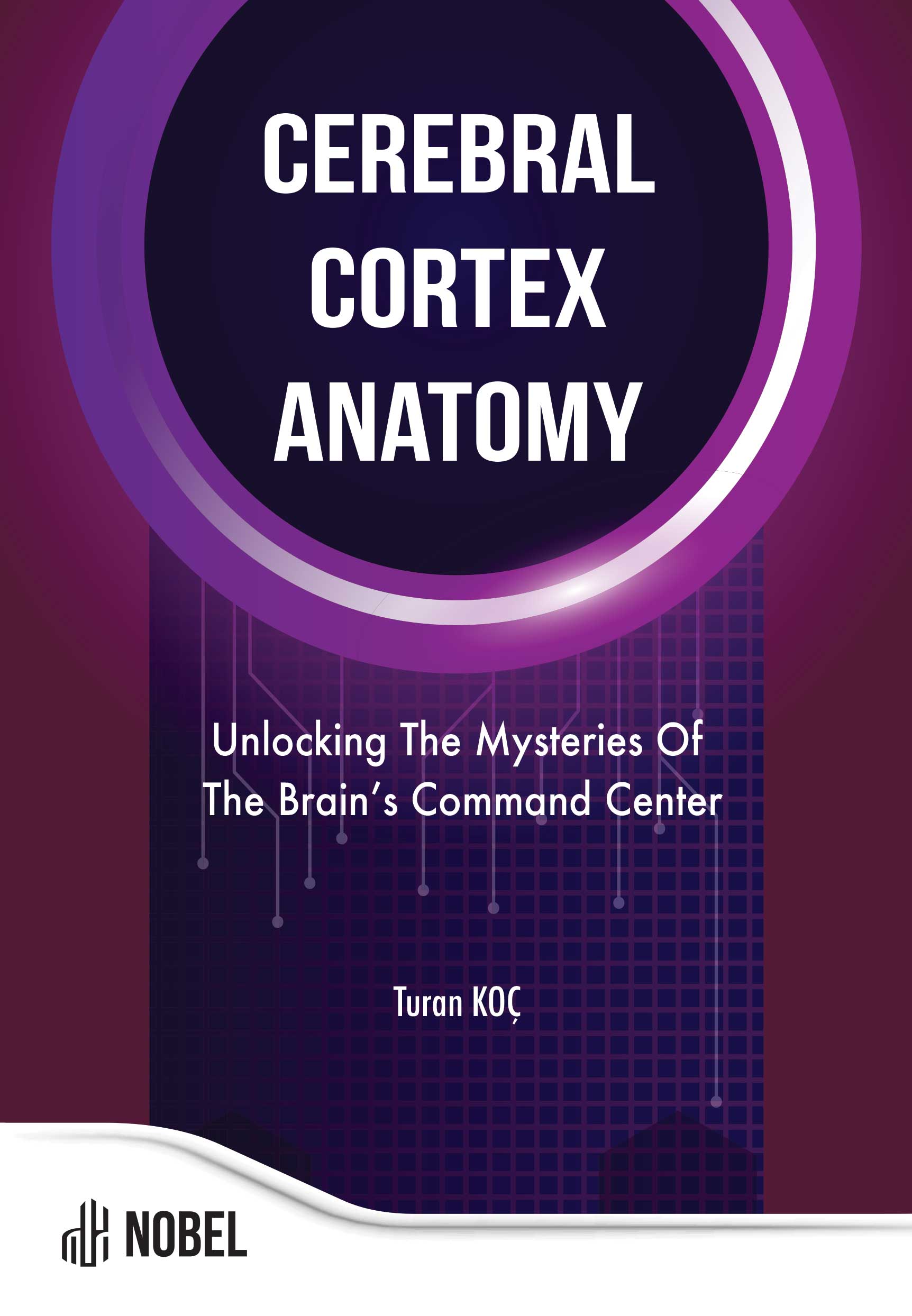Association Areas
No contributors found.
Release Date: 2024-06-19
Eosinophilia while not specific, some idiopathic pulmonary fibrosis patients may show elevated eosinophil counts. Mild anemia can be present in some patients, potentially indicating chronic disease. Antinuclear antibodies (ANA) is positive in a subset of patients, though not specific to idiopathic pulmonary fibrosis. Rheumatoid factor (RF) is occasionally positive, requiring differentiation from rheumatoid arthritis associated [...]

